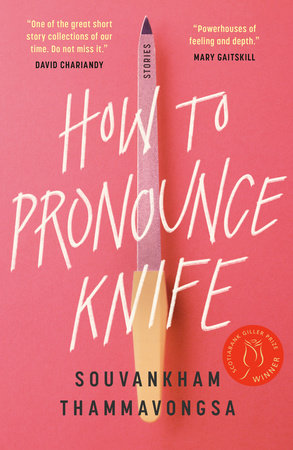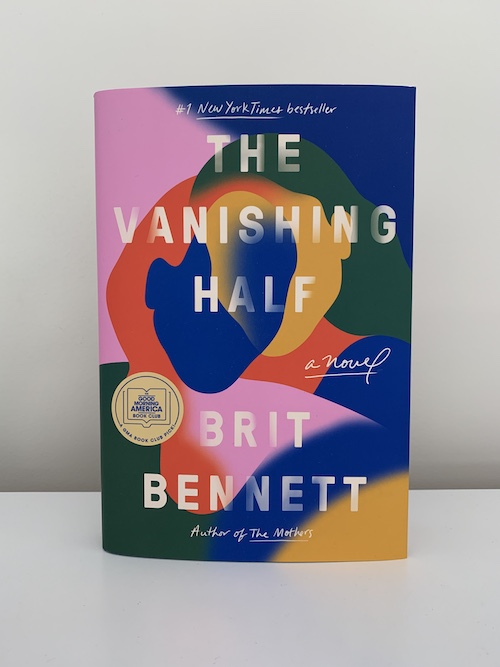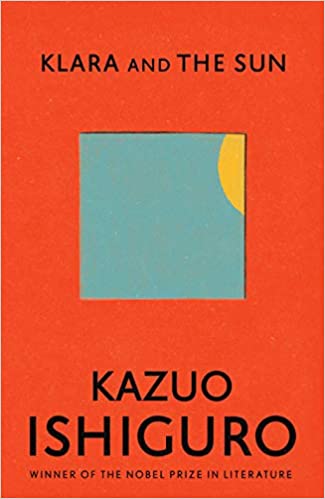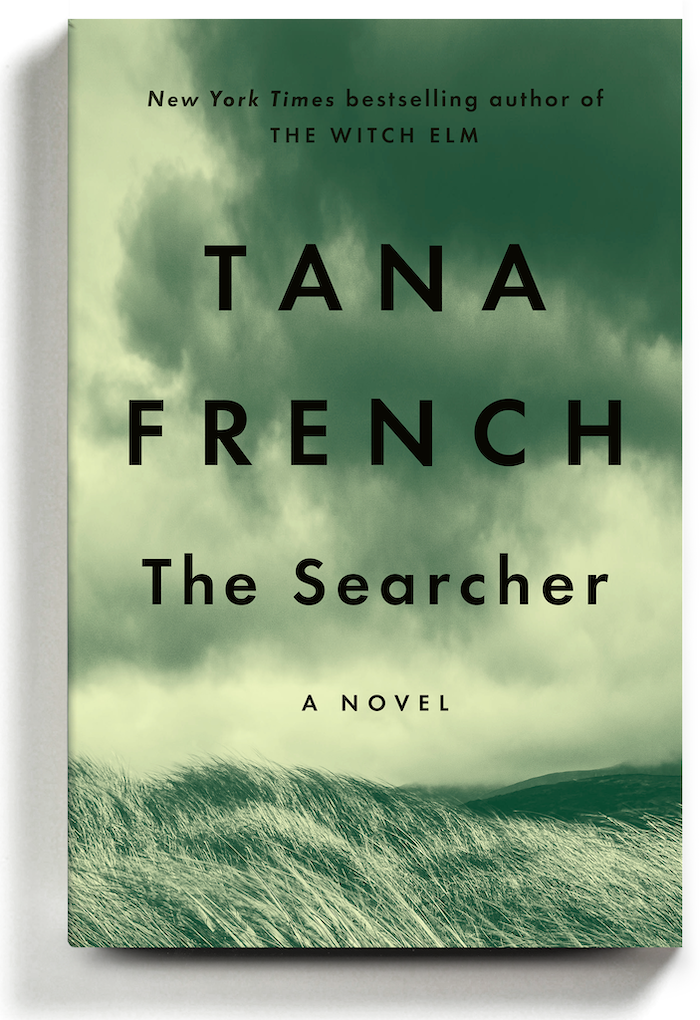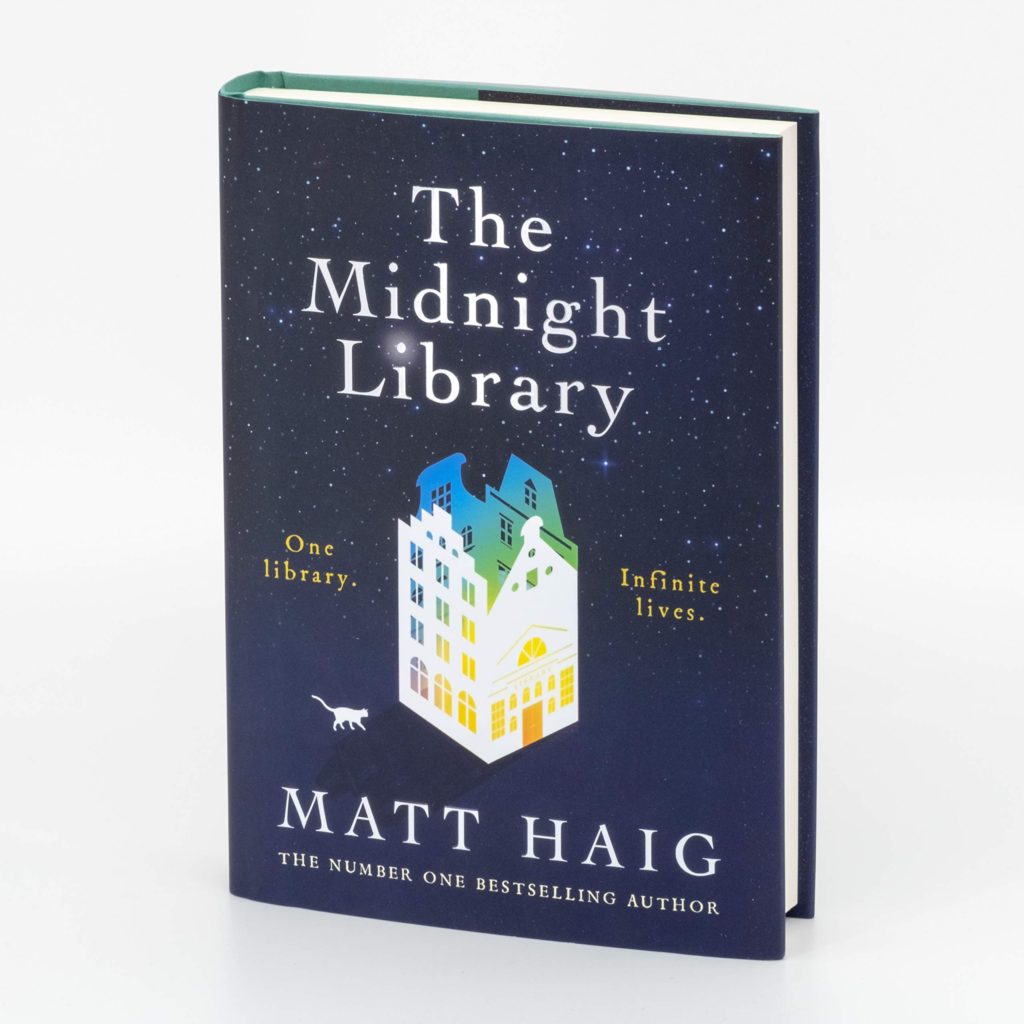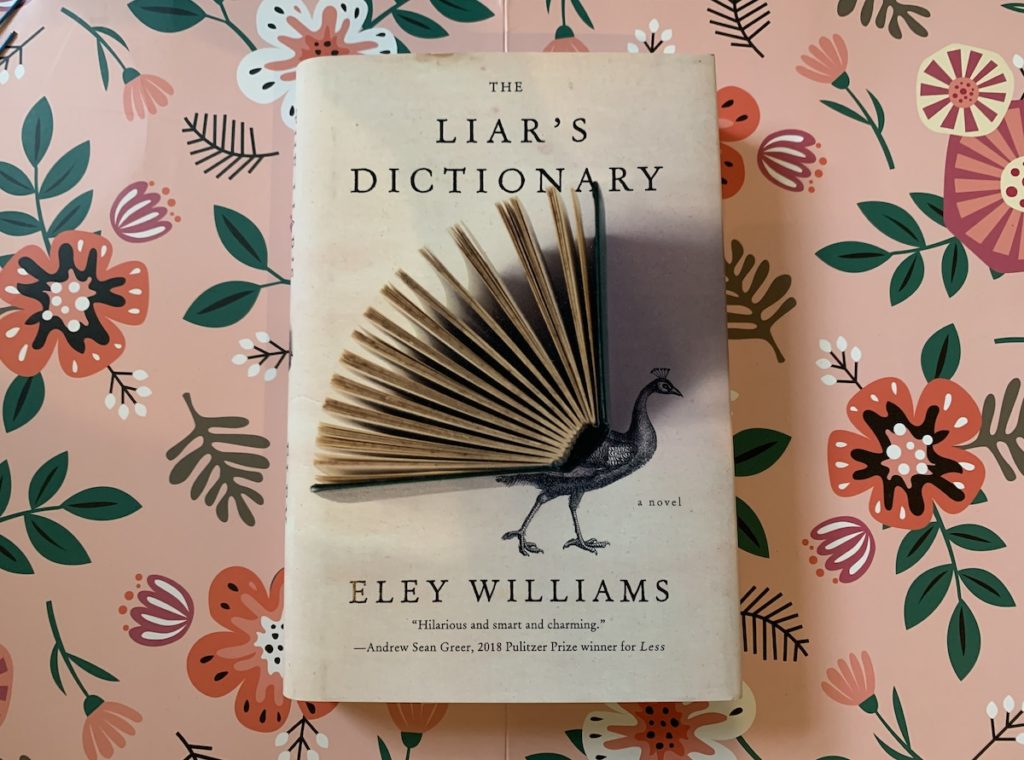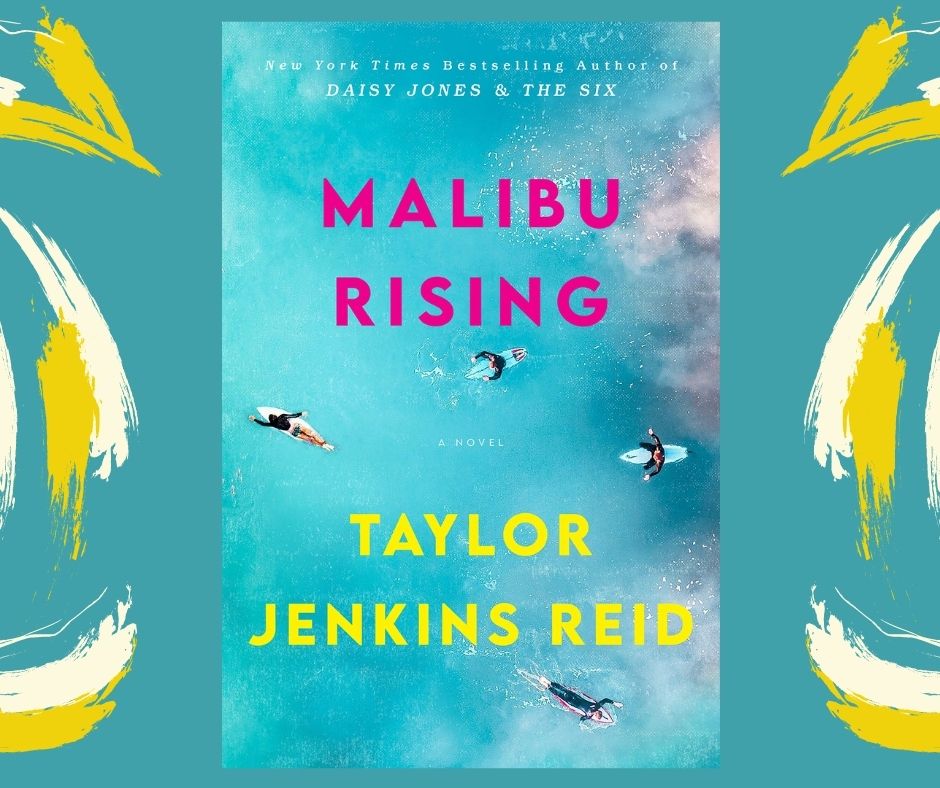
From the author of Daisy Jones & the Six comes a rock & roll novel about Malibu in the 80s.
Taylor Jenkins Reid is a master at the documentary, Rolling Stone style novel. The characters feel so real. It’s like taking a deep dive into a Rolling Stone cover piece or a feature in Vanity Fair or Seventeen.
Basically an amazing summer read. A bit of trashy gossip with a lot of spirit.
Former fan of Sweet Valley High? This is the adult version.
Welcome to Malibu, August 1983. The novel starts with some stats about raging wildfires in this part of the world. So throughout the novel, you’re waiting for the place to burn to the ground.
The setup is that it’s the day of Nina Riva’s infamous end-of-summer party. The novel is in two parts. 7 am to 7 pm; then 7 pm to 7 am. Nina is the eldest of 4 siblings, maybe more. Her dad is the rockstar Mick Riva, who left their mom early on in his career. He had a lot of affairs. The kids have been raised by their mom and are incredibly close to each other. Nina is a model. Jay is a superstar surfer. Hub is a renowned surf photographer. Kit is the baby, at 20, who is probably the best surfer of them all, if anyone would pay attention.
The novel reveals the various family secrets and culminates in the wild, out of control party. By the time you’re reading about the party, you can feel the slight sun burn, the sand between your toes, the spray from the surf.
This is 24 hours in the life of the Riva family, and it will give you the most amazing buzz.

